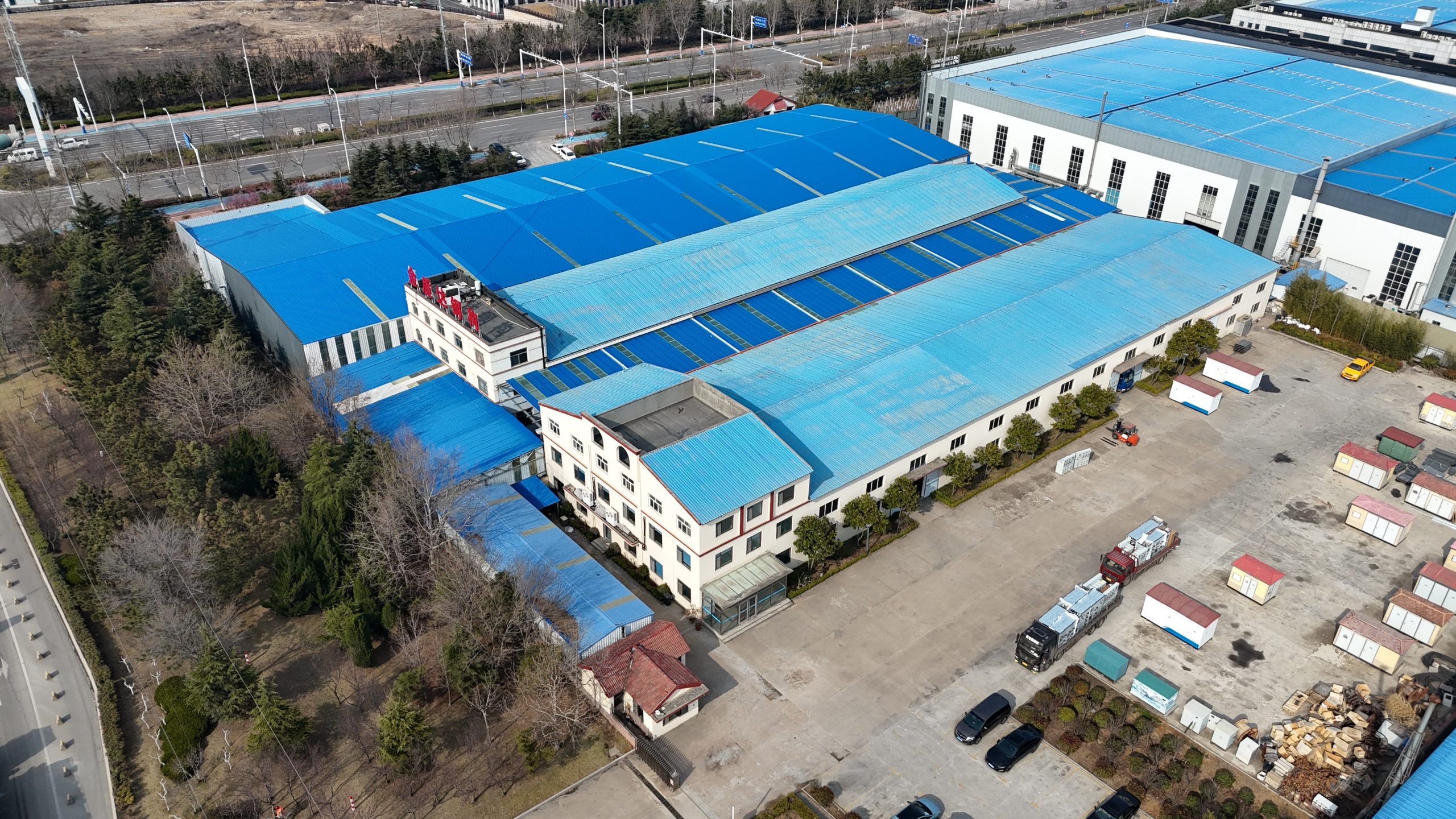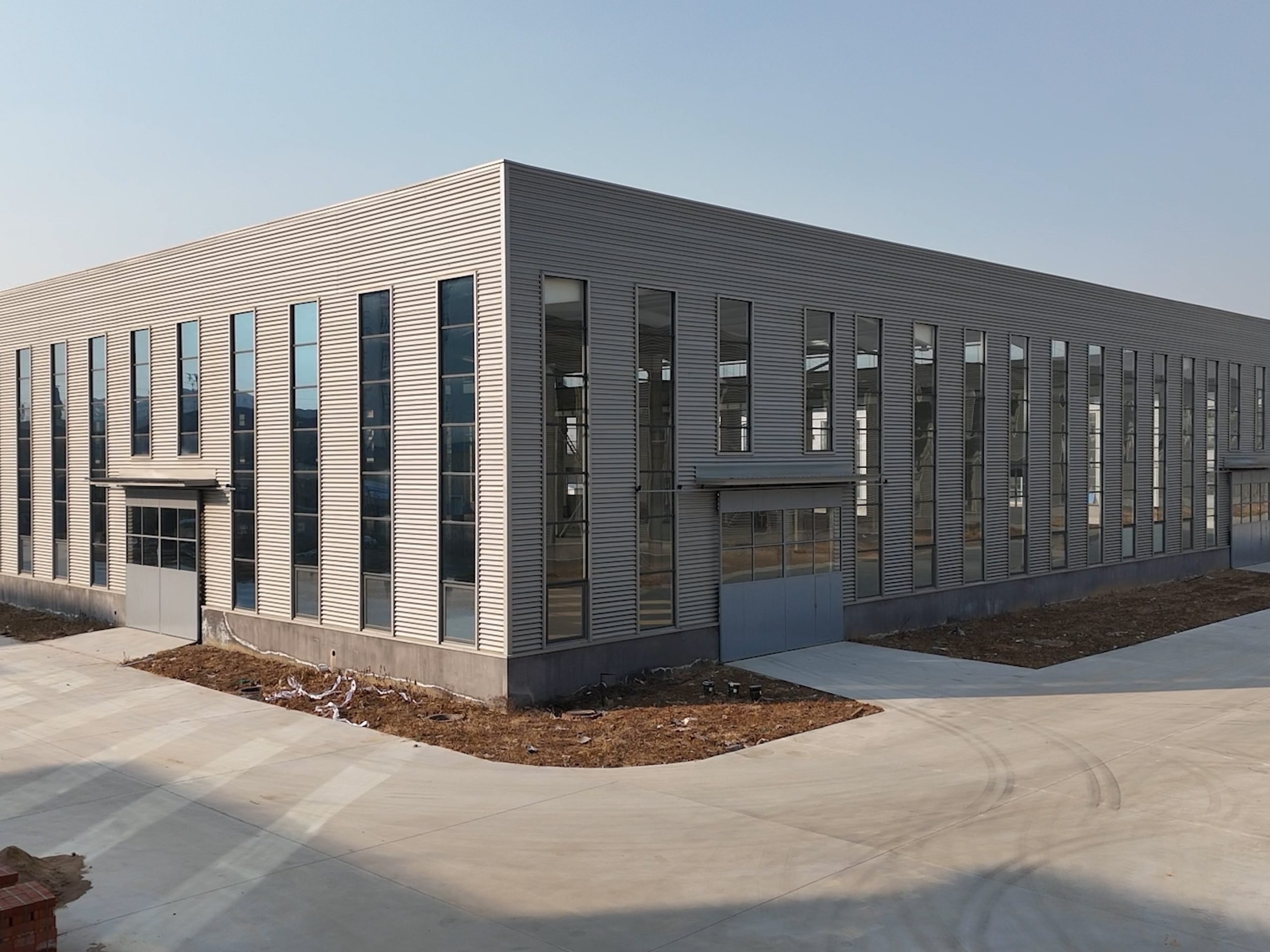Table of Contents
Advancements in Artificial Intelligence for Steel Structure Inspection
Steel Structures are a crucial component of modern infrastructure, from skyscrapers to bridges to industrial facilities. Ensuring the Safety and integrity of these structures is of paramount importance, as any defects or weaknesses could have catastrophic consequences. Traditional methods of inspection and evaluation can be time-consuming, labor-intensive, and prone to human error. However, recent advancements in artificial intelligence (AI) have opened up new possibilities for more efficient and accurate inspection processes.
One area of innovative research in this field is the development of intelligent inspection and evaluation systems for steel structures. These systems leverage AI technologies such as machine learning, computer vision, and data analytics to automate and enhance the inspection process. By analyzing large amounts of data from various sources, including visual images, sensor data, and historical records, these systems can detect defects, predict potential failures, and recommend maintenance actions with a high degree of accuracy.
One of the key advantages of intelligent inspection systems is their ability to process and analyze data at a speed and scale that would be impossible for human inspectors. By using algorithms to identify patterns and anomalies in the data, these systems can quickly pinpoint areas of concern and prioritize inspection efforts. This not only saves time and resources but also allows for more proactive maintenance strategies that can prevent costly repairs and downtime.
Another benefit of intelligent inspection systems is their ability to adapt and improve over time. By continuously learning from new data and feedback, these systems can refine their algorithms and models to become more accurate and effective. This iterative process of improvement is essential for ensuring the reliability and robustness of the inspection system, especially in complex and dynamic environments.
One example of a successful application of intelligent inspection technology is the development of a drone-based inspection system for steel structures. By equipping drones with high-resolution cameras, Sensors, and AI algorithms, researchers have been able to conduct detailed inspections of bridges, buildings, and other structures from a safe distance. These drones can capture visual images, thermal data, and other relevant information, which is then analyzed by AI algorithms to detect defects such as cracks, corrosion, and deformation.

In addition to visual inspections, intelligent systems can also leverage other types of data, such as structural health monitoring (SHM) data, to assess the condition of steel structures. SHM systems use sensors to collect real-time data on factors such as vibrations, strains, and temperatures, which can provide valuable insights into the structural integrity and performance of a building or bridge. By integrating SHM data with AI algorithms, researchers can develop predictive models that can forecast potential failures and recommend maintenance actions before they occur.
Overall, the development of intelligent inspection and evaluation systems for steel structures represents a significant advancement in the field of structural engineering. By harnessing the power of AI technologies, researchers are able to improve the efficiency, accuracy, and reliability of inspection processes, ultimately enhancing the safety and longevity of steel structures. As this research continues to evolve, we can expect to see even more innovative solutions that will revolutionize the way we inspect and maintain our infrastructure.
Implementing IoT Technology for Real-Time Evaluation of Steel Structures
Steel structures are a critical component of modern infrastructure, providing support for buildings, bridges, and other large-scale constructions. Ensuring the safety and integrity of these structures is of utmost importance, as any failure could have catastrophic consequences. Traditional methods of inspection and evaluation often rely on visual inspections and manual measurements, which can be time-consuming, labor-intensive, and prone to human error. However, with the advancement of technology, new innovative research is being conducted to develop intelligent inspection and evaluation systems for steel structures.
One such area of research is the implementation of Internet of Things (IoT) technology for real-time evaluation of steel structures. IoT technology involves the use of interconnected devices and sensors to collect and exchange data over a network. By integrating IoT devices into steel structures, researchers are able to monitor various parameters such as temperature, humidity, stress, and strain in real-time. This data can then be analyzed to detect any abnormalities or potential issues that may arise.
The use of IoT technology for steel structure evaluation offers several advantages over traditional methods. Firstly, real-time monitoring allows for early detection of any structural defects or weaknesses, enabling timely intervention to prevent potential failures. This proactive approach can help to extend the lifespan of steel structures and reduce maintenance costs in the long run. Additionally, IoT devices can provide a more comprehensive and accurate assessment of the structural health, as they can collect data continuously and in a non-invasive manner.
Furthermore, the data collected by IoT devices can be analyzed using advanced algorithms and machine learning techniques to predict the future behavior of steel structures. By analyzing historical data and identifying patterns, researchers can develop predictive models that can forecast potential failures or deterioration in the structure. This predictive maintenance approach can help to optimize maintenance schedules and prioritize repairs based on the actual condition of the structure, rather than on a fixed schedule.
In addition to real-time monitoring and predictive maintenance, IoT technology can also facilitate remote inspection and evaluation of steel structures. By connecting IoT devices to a centralized monitoring system, engineers and inspectors can access real-time data and analysis from anywhere in the world. This remote access allows for more efficient and cost-effective inspections, as it eliminates the need for physical presence on-site and reduces the time and resources required for inspections.

Overall, the implementation of IoT technology for real-time evaluation of steel structures represents a significant advancement in the field of structural engineering. By leveraging the power of interconnected devices and data analytics, researchers are able to develop intelligent inspection and evaluation systems that can enhance the safety, reliability, and longevity of steel structures. As this innovative research continues to evolve, we can expect to see further improvements in the efficiency and effectiveness of structural inspections, ultimately leading to safer and more resilient infrastructure for the future.
